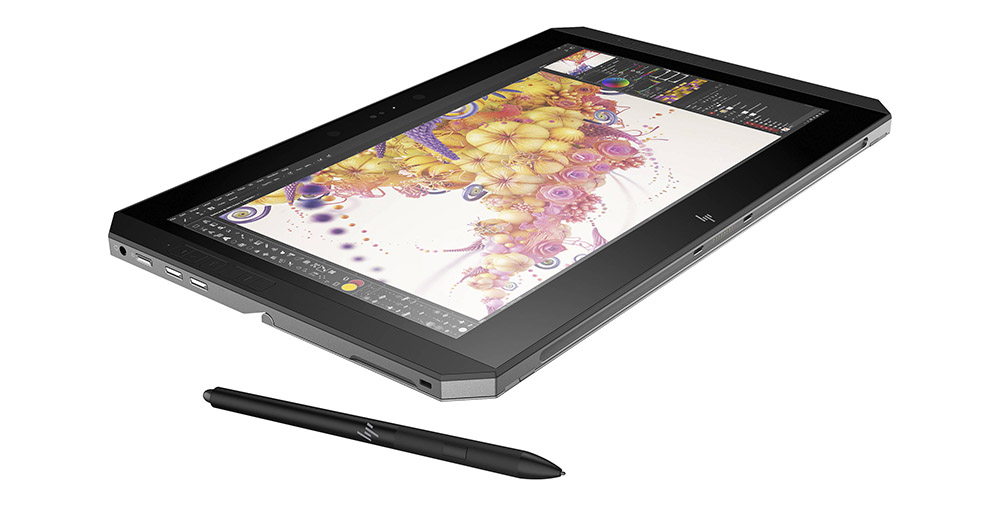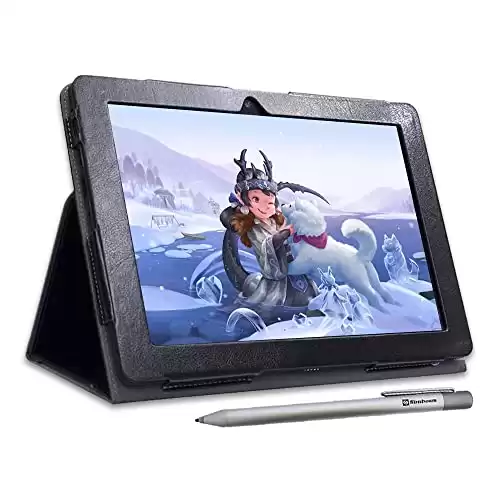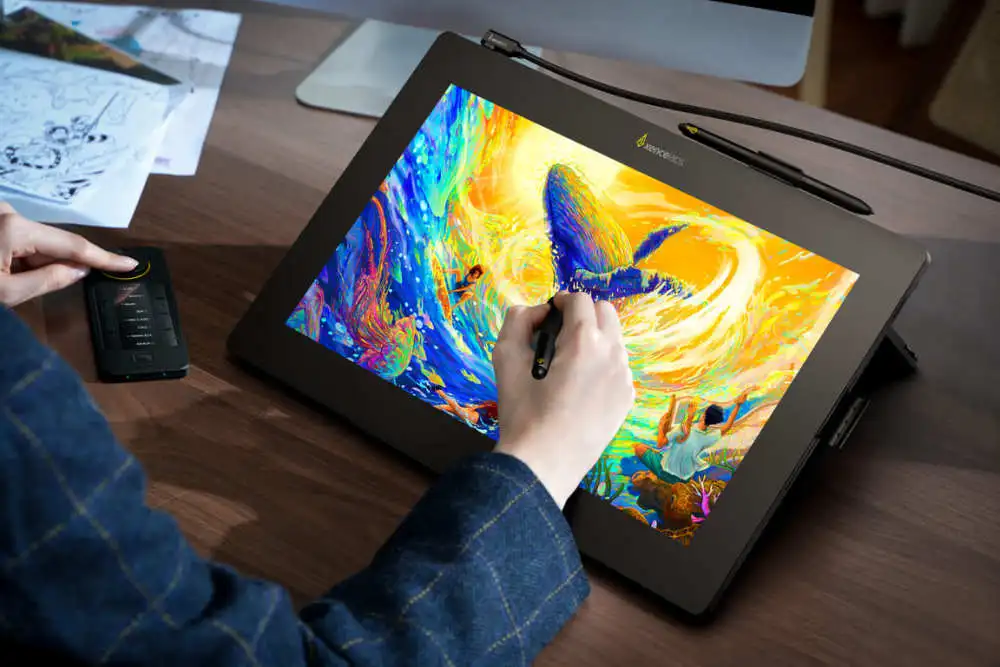Cheap Standalone Drawing Tablet That Doesn't Need A Computer

The digital art world is rapidly evolving, but the entry barrier remains high for many aspiring artists. The cost of professional-grade drawing tablets that require connection to a computer often puts them out of reach for beginners and those with limited budgets. However, a new wave of standalone drawing tablets is emerging, promising to democratize digital art creation.
These affordable devices combine the functionality of a drawing tablet with the processing power of a computer, eliminating the need for external hardware. This allows artists to create, edit, and share their work directly on the tablet, making digital art more accessible and portable than ever before.
Affordable Standalone Tablets: A Game Changer?
The core of this shift lies in the increasing affordability and power of mobile processors. These processors, coupled with optimized operating systems and drawing applications, enable standalone tablets to handle complex tasks without breaking the bank. As a result, several manufacturers are now offering standalone drawing tablets at price points comparable to traditional, computer-dependent models.
The Huion Kamvas Studio 16 and the Xencelabs Pen Display 16 are two examples of this new breed of devices. These tablets boast impressive features, including high-resolution displays, pressure-sensitive pens, and ample storage for artwork, all within a self-contained unit. This is according to specifications listed on the companies' official websites.
The Benefits of Standalone Functionality
The advantages of standalone drawing tablets are significant. Firstly, they offer unmatched portability. Artists can create on the go, whether it's sketching in a coffee shop, painting landscapes outdoors, or working during commutes.
Secondly, the all-in-one nature of these devices simplifies the workflow. Artists no longer need to worry about compatibility issues between their tablet and computer, or about transferring files between devices. Everything is contained within a single, dedicated unit.
Moreover, standalone tablets often come with pre-installed drawing applications optimized for their hardware. This eliminates the need for artists to purchase expensive software separately, further reducing the overall cost of entry. Some tablets even come with free trials or full versions of popular creative software such as Clip Studio Paint or Adobe Fresco.
Potential Drawbacks and Considerations
While affordable standalone drawing tablets offer many benefits, there are also some potential drawbacks to consider. One of the main concerns is processing power. Although these tablets are becoming increasingly powerful, they may still struggle with extremely complex or high-resolution artwork, compared to a dedicated desktop computer with a high-end graphics card.
Another consideration is the software ecosystem. While many popular drawing applications are available on mobile platforms, some specialized or niche software may not be compatible. Artists who rely on specific desktop programs may need to explore alternative solutions or consider a traditional tablet setup.
Finally, battery life can be a limiting factor. Creating artwork on a standalone tablet can be battery-intensive, and artists may need to carry a charger or plan their work sessions accordingly. Battery life is often cited as a concern in user reviews of these devices.
Impact on the Art Community
The rise of affordable standalone drawing tablets is expected to have a significant impact on the art community. By lowering the barrier to entry, these devices will enable more aspiring artists to explore digital art creation. This could lead to a more diverse and vibrant art scene, with new voices and perspectives emerging.
Furthermore, standalone tablets empower artists in developing countries or regions with limited access to technology. They provide a cost-effective and portable solution for creating and sharing art, potentially fostering economic opportunities and cultural exchange.
"This is a game-changer for artists who are just starting out or who need a more portable solution," says Sarah Miller, a digital art instructor at the California College of the Arts. "The affordability and convenience of these tablets make digital art more accessible to a wider range of people."
The Future of Digital Art Creation
The trend towards affordable standalone drawing tablets is likely to continue, with manufacturers constantly innovating and improving their products. We can expect to see further advancements in processing power, display technology, and battery life. This will blur the lines between standalone tablets and traditional desktop workstations.
As these devices become more powerful and versatile, they could potentially replace traditional drawing tablets for many artists. The convenience and portability of standalone functionality are simply too compelling to ignore. The digital art landscape is poised for a transformation, driven by the accessibility and affordability of these innovative tools.
In conclusion, the emergence of cheap standalone drawing tablets represents a significant step forward in democratizing digital art. By eliminating the need for a computer and lowering the cost of entry, these devices are empowering a new generation of artists and reshaping the future of creative expression. The implications for both seasoned professionals and budding creatives are substantial.






![Cheap Standalone Drawing Tablet That Doesn't Need A Computer Best Standalone Drawing Tablet [2022] That Don’t Need A Computer](https://techreviewsmag.com/wp-content/uploads/2022/11/best-standalone-Drawing-Tablet.jpg)











